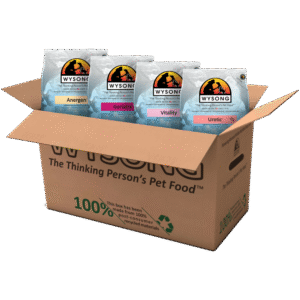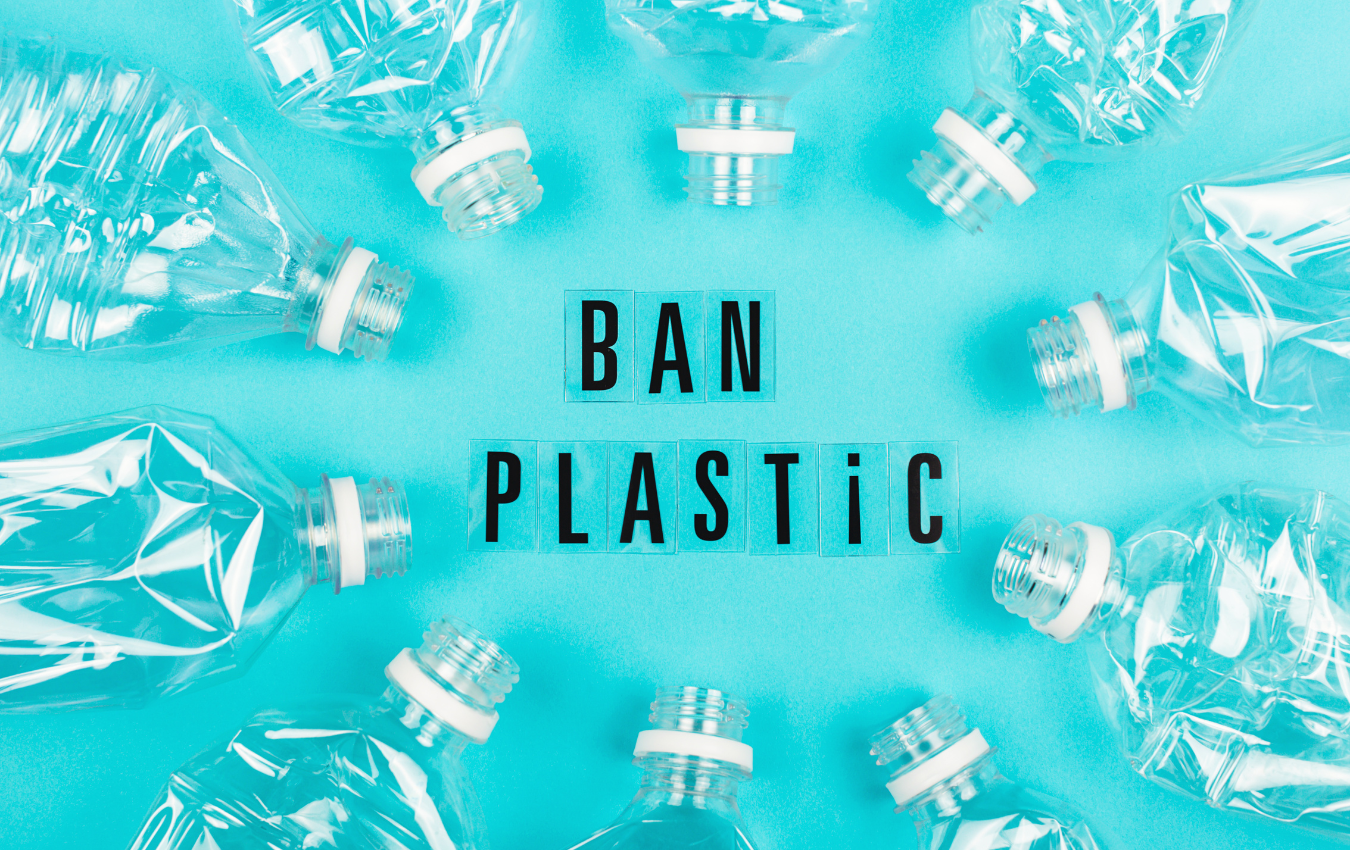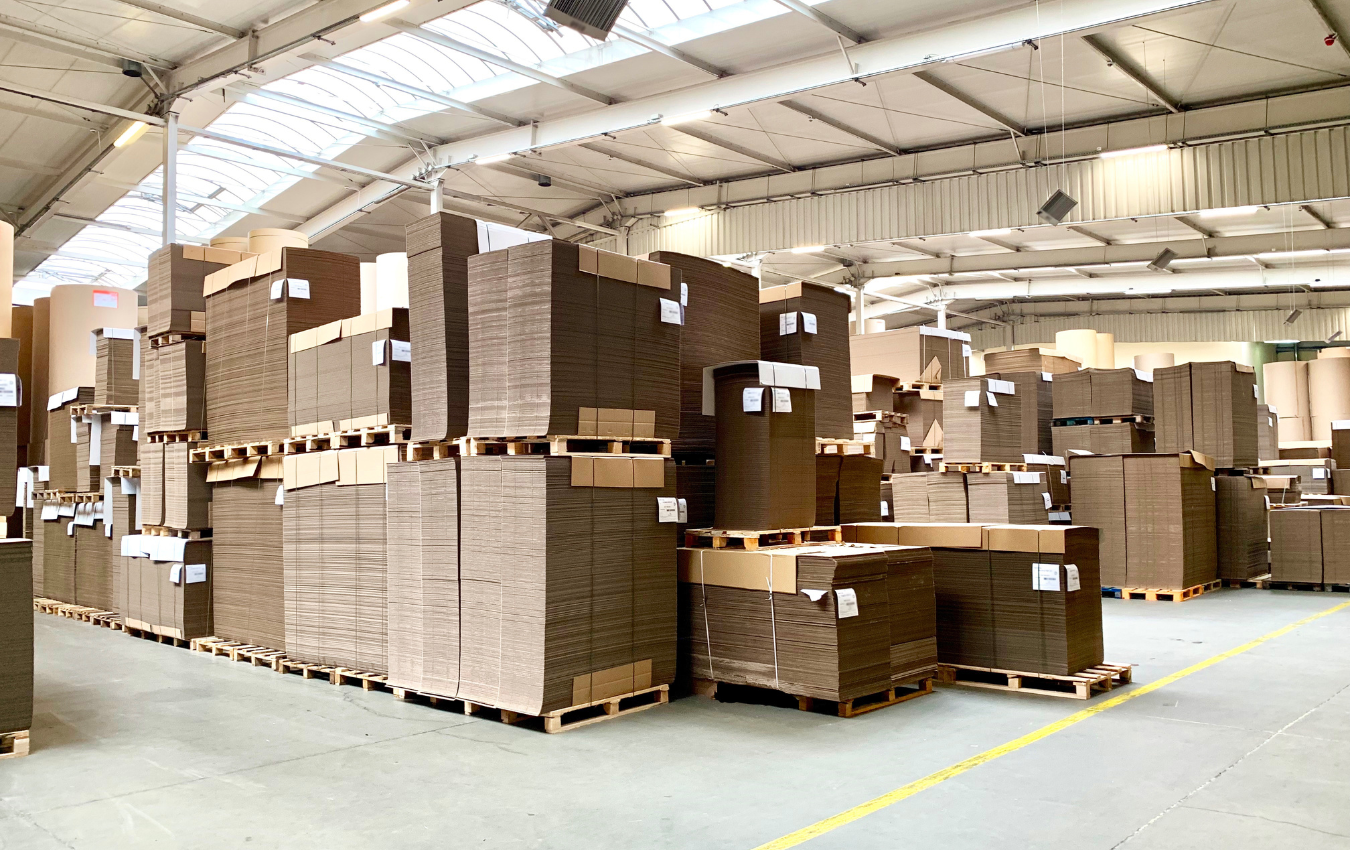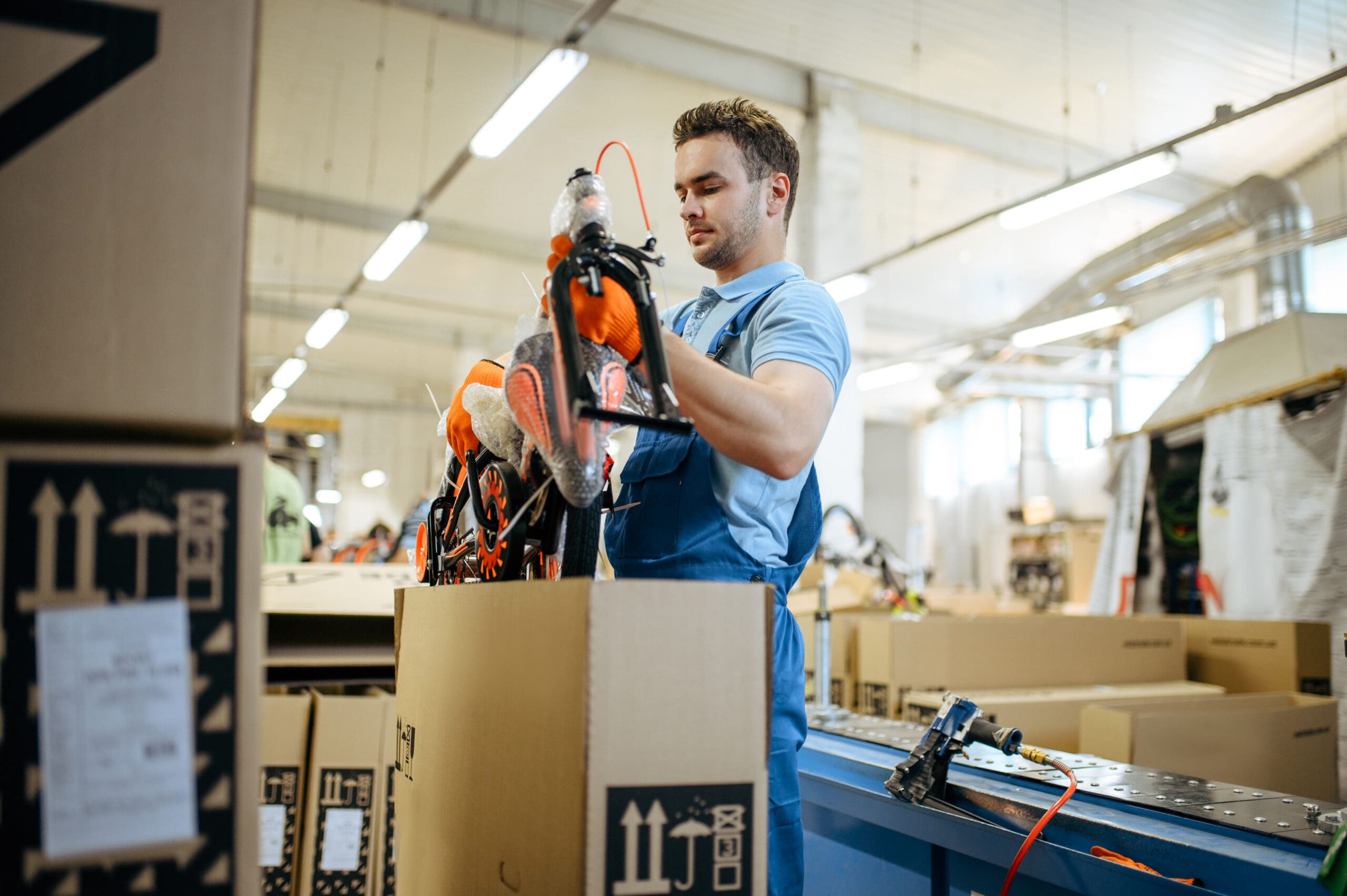Home » Impact of Recycled Fiber Content on Corrugated Box Durability
Impact of Recycled Fiber Content on Corrugated Box Durability

Incorporating recycled fiber into corrugated board is essential for sustainability goals, but it directly affects the mechanical properties of packaging. Understanding how fiber composition influences durability allows packaging engineers to strike the right balance between performance and environmental impact.
Fiber Strength and Recycling Cycles
- Virgin Fiber: Longer, more intact cellulose fibers that offer superior tensile and compression strength.
- Recycled Fiber: Shorter fibers due to repeated processing; reduced bonding potential and stiffness.
- Fiber Degradation: Each recycling cycle shortens fibers, leading to diminished ECT and burst resistance.
Mechanical Trade-Offs
- High Recycled Content: Lower material cost and improved sustainability metrics, but reduced edge crush strength and puncture resistance.
- Mixed Fiber Blends: Commonly used to maintain performance while increasing recycled content.
Moisture Sensitivity
- Recycled fibers tend to absorb and retain more moisture, accelerating loss of stacking strength in humid environments.
- Sizing agents and moisture-resistant coatings can partially offset this effect.
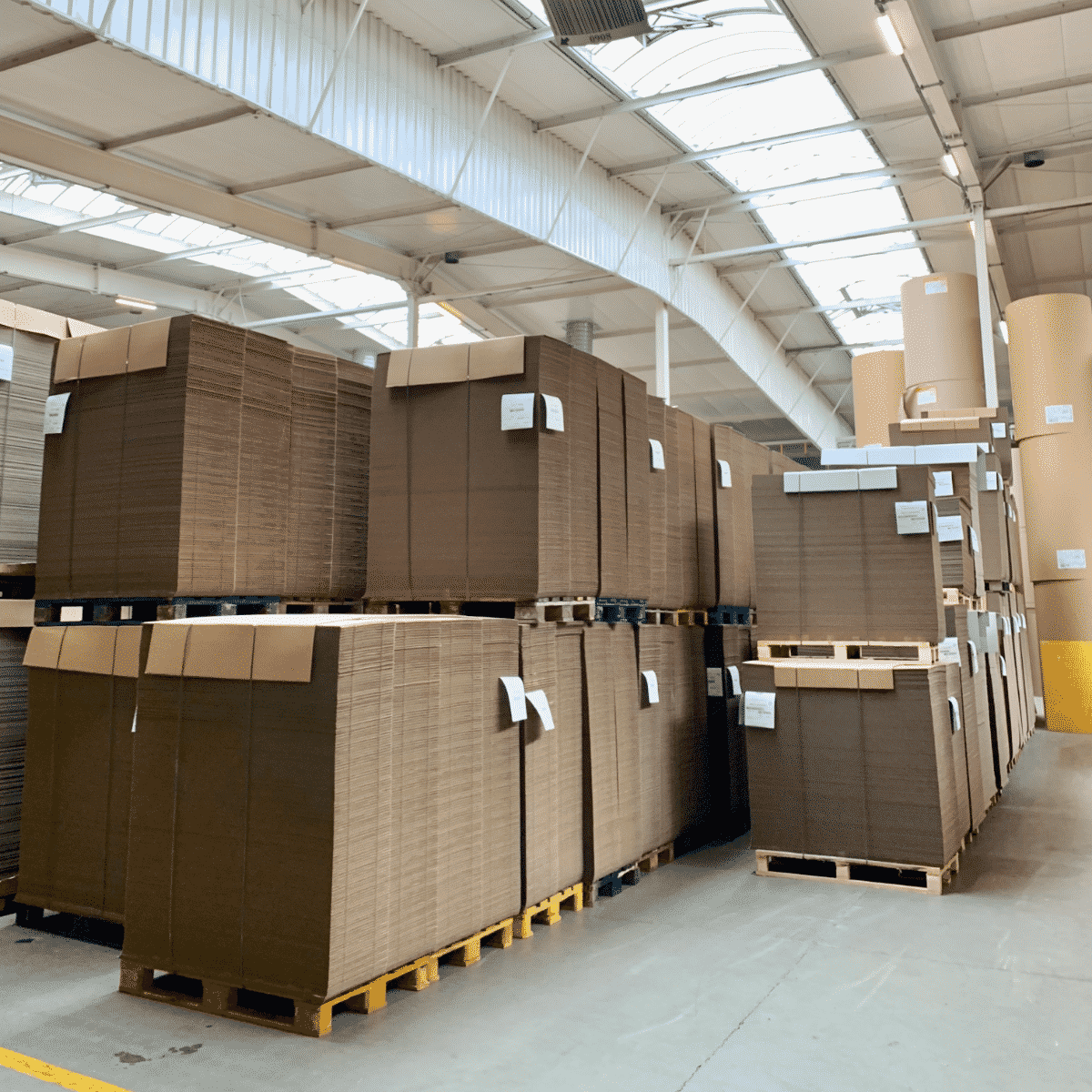
Testing Protocols
- ASTM D685: Standard practice for conditioning paper and paper products before testing.
- TAPPI T410: Grammage testing to verify consistency in basis weight.
- Long-Term Compression Testing: To monitor creep and compression loss over storage periods.
Application Guidelines
- Use higher recycled content in light-duty e-commerce boxes where high stacking strength isn’t required.
- Retain virgin outer liners for high-performance applications like industrial goods or long-distance freight.
References
ASTM International. (2014). ASTM D685-14: Standard practice for conditioning paper and paper products for testing. ASTM International. https://www.astm.org/d0685-14.html
Technical Association of the Pulp and Paper Industry. (2013). TAPPI T410 om-13: Grammage of paper and paperboard. TAPPI. https://www.tappi.org/content/store/shared/T410.html
Fibre Box Association. (2023). Corrugated recycling and performance considerations. Fibre Box Association. https://www.fibrebox.org
In the retail environment, the placement of Point of Purchase (POP) displays is just as critical as their design and content. Strategic positioning can significantly influence consumer behavior, increase product
Choosing the right foam density isn’t about “soft” versus “hard” — it’s about controlling shock transmission and matching the foam’s cushioning curve to the product’s fragility. Using the wrong density
Moisture resistance and dimensional stability are critical performance factors for custom inserts, especially when products are shipped or stored in variable climates. Both foam and corrugated materials react differently to
Sustainability in pet food packaging is not just about recyclability—it’s about reducing environmental impact across the entire lifecycle. For products with high barrier needs like dry kibble, wet food, and
Home » Impact of Recycled Fiber Content on Corrugated Box Durability


